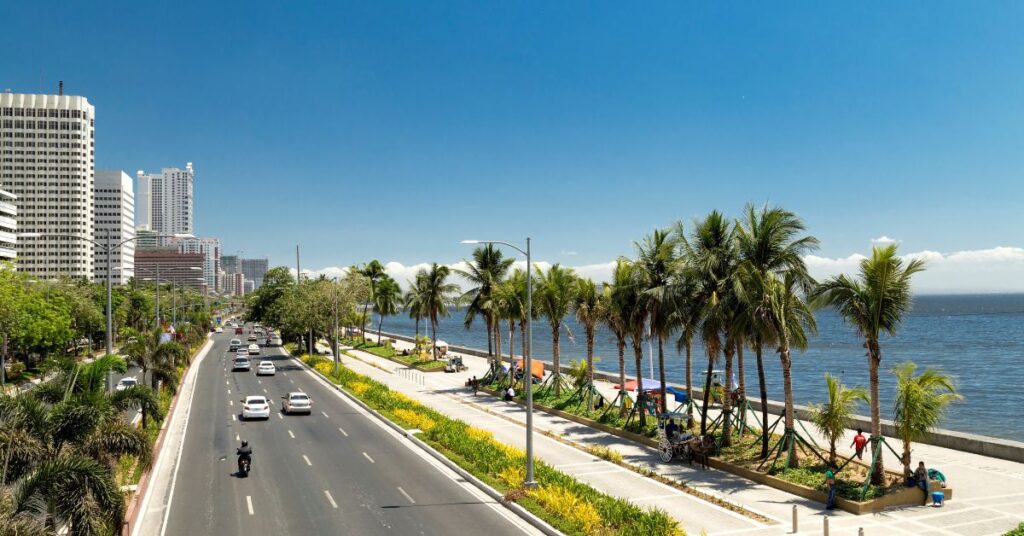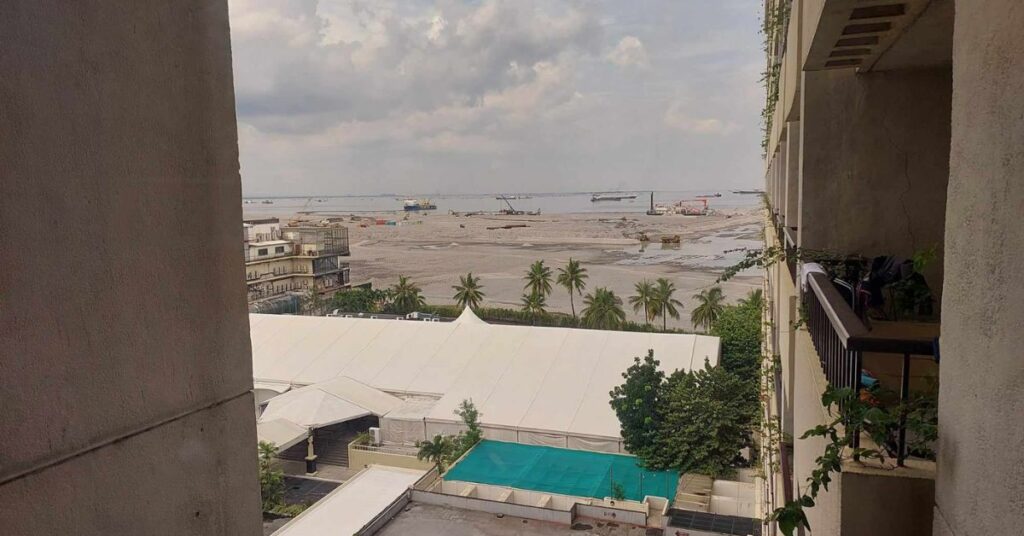Table of Contents
The New Manila International Airport (NMIA) project, set to be the country’s largest international airport with four runways, is being built not on reclaimed land but on existing low-lying land that, historically, is vulnerable to heavy flooding and was converted to commercial fishponds. Therefore, NMIA is not a reclamation project.
NMIA not a reclamation project
San Miguel Corporation (SMC) president and CEO Ramon S. Ang said it is essential to clarify the nature of its airport project amid recent discussions surrounding Manila Bay reclamation projects.
The construction of the airport project, covered by Republic Act 11506, does not involve creating new land from Manila Bay, Ang clarified.
Instead, he said, it involves redeveloping existing land that had been inundated by water in previous decades due to factors that include flooding from heavily-silted river systems, conversion to fish ponds, and over-extraction of groundwater that made it more susceptible to land subsidence, among others.
“The airport project does not involve reclamation. The project site has existing, valid land titles indicating its original status as land. Due to natural processes over time, this land had become prone to regular inundation. Instead of creating new land, we are redeveloping it to its former state, ensuring its productive and sustainable use for the future,” Ang said.
Worth noting is the fact that the site is an island, as can be seen in maps of the Department of Environment and Natural Resources (DENR) and the National Mapping Resource Information Authority (NAMRIA) from the 1990s.
The low-lying land has been converted into fish ponds and is surrounded by the Meycauayan, Taliptip, and Maycapiz rivers. This has, however, contributed to flooding in nearby towns, as the flow of the rivers out to Manila Bay had been impeded, and since the rivers themselves had become shallow due to siltation and pollution.
Ang reiterated that the land re-development is being done with international experts and partners, including global maritime services expert Royal Boskalis, to ensure it follows the strictest international environmental and social impacts mitigation standards.
As part of the airport’s development, SMC is also implementing a massive river cleanup and rehabilitation effort covering not just the nearby Marilao-Meycauayan-Obando river systems (MMORS) but other rivers throughout Bulacan to help address the province’s perennial flooding problem.
“Again, our goal with this massive project is to rejuvenate the inundated land and repurpose it into a more productive and transformative asset for Bulacan, the country, and the Filipino people. The NMIA will provide a world-class facility and serve as a catalyst for local and national economic growth, opening doors to countless job opportunities and paving the way for a future-ready Philippines competitive on the global stage,” Ang said.
“We will stay committed to ensuring that this development uplifts the lives of our kababayans and balances progress with responsibility,” he concluded.
Reclamation projects typically involve reclaiming land from bodies of water, such as seas, rivers, or lakes. The purpose is to create new ground for various uses like urban development, infrastructure, or agriculture. If the NMIA project doesn’t involve converting bodies of water into land, it may not meet the technical definition of a reclamation project.

The term “reclamation project” often highlights the act of reclaiming land, which may not align with the primary goals or focus of the NMIA project. The project might be more accurately described as an airport development or expansion project, focusing on transportation and aviation infrastructure rather than land reclamation.
Manila Bay Reclamation Project

One of the most well-known reclamation projects in the Philippines is the Manila Bay Reclamation Project. This involves recreating large coastal land areas along Manila Bay to create new spaces for commercial, residential, and mixed-use developments. The project aims to address urban congestion and boost economic growth. However, it has also raised concerns about potential environmental impacts and displacement of fishing communities.
Read Bulacan LGUs, residents support NMIA’s immediate construction, San Miguel Urges Marcos To Reconsider Veto Of Bulacan Airport City Economic Zone, and Dutch gov’t backs SMC, Boskalis in P740 billion Bulacan Airport project.